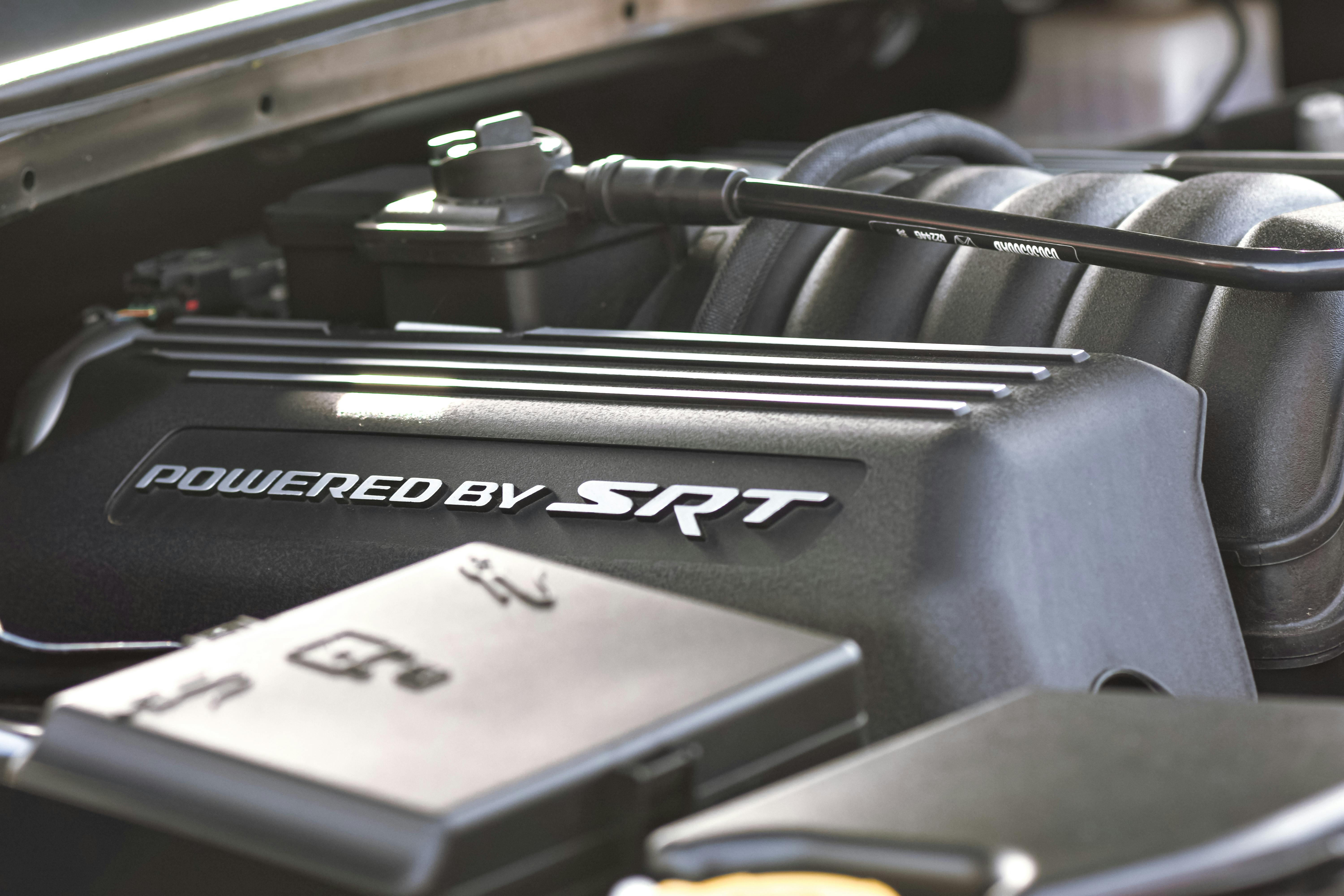"E-ink: The Future of Sustainable Display Technology"
As the world becomes increasingly digitized, a technology emerges from the shadows, promising a more sustainable and energy-efficient future for digital displays. Meet E-ink, a high-contrast, low-energy display technology that could significantly reduce our electronic footprint.

A Glimpse into E-ink’s Past
Electronic ink, often referred to as E-ink, was first developed in the 1970s by researchers at Xerox’s Palo Alto Research Center. The fundamental concept behind E-ink is electrophoretic ink, a substance made of millions of tiny microcapsules filled with positively and negatively charged particles suspended in a clear fluid. When an electric field is applied, the particles move, creating an image on the screen.
How Does E-ink Function?
E-ink works by manipulating the charged particles within the microcapsules through an electric field. The particles are either white or black, and when the field is applied, these particles move to the top or bottom of the capsule. This movement forms patterns that we perceive as text or images. The fascinating part is, once the image is formed, no additional power is required to maintain it. This unique feature sets E-ink apart from traditional displays that require constant power to maintain an image.
E-ink in Today’s Digital Landscape
Today, E-ink has found its way into various applications. The most common use is in e-readers, such as Amazon’s Kindle, where E-ink’s power efficiency and paper-like reading experience provide a superior alternative to traditional backlit screens. But E-ink’s application doesn’t stop there. It’s now being used in smartwatches, phones, digital signage, and even electronic shelf labels in retail stores.
The Future of E-ink and Market Impact
Given the world’s growing consciousness towards energy efficiency and sustainability, E-ink’s potential is enormous. As the demand for digital displays continues to rise, the need for more sustainable alternatives becomes increasingly critical. E-ink could be the answer. The price of E-ink displays varies significantly, depending on the size and application, ranging from around $80 for an e-reader to several hundred dollars for larger display panels. As the technology matures and production scales up, these costs are expected to decrease, further increasing the market potential.
The Sustainability Quotient of E-ink
E-ink’s most significant selling point is its energy efficiency. Unlike conventional displays, which consume power continuously, E-ink only uses energy when the display content changes. This feature not only extends the battery life of devices but also reduces their overall energy consumption. In a world where electronic waste and energy consumption are significant concerns, E-ink offers a greener alternative to traditional displays.
In conclusion, E-ink is a technology with immense potential. Its unique features, combined with growing consumer consciousness towards energy efficiency and sustainability, make it a promising contender in the future of display technology. As with any technology, challenges remain, but the benefits E-ink offers are too significant to ignore. It’s time to watch this space closely as E-ink continues to write its story in the world of sustainable technology.





